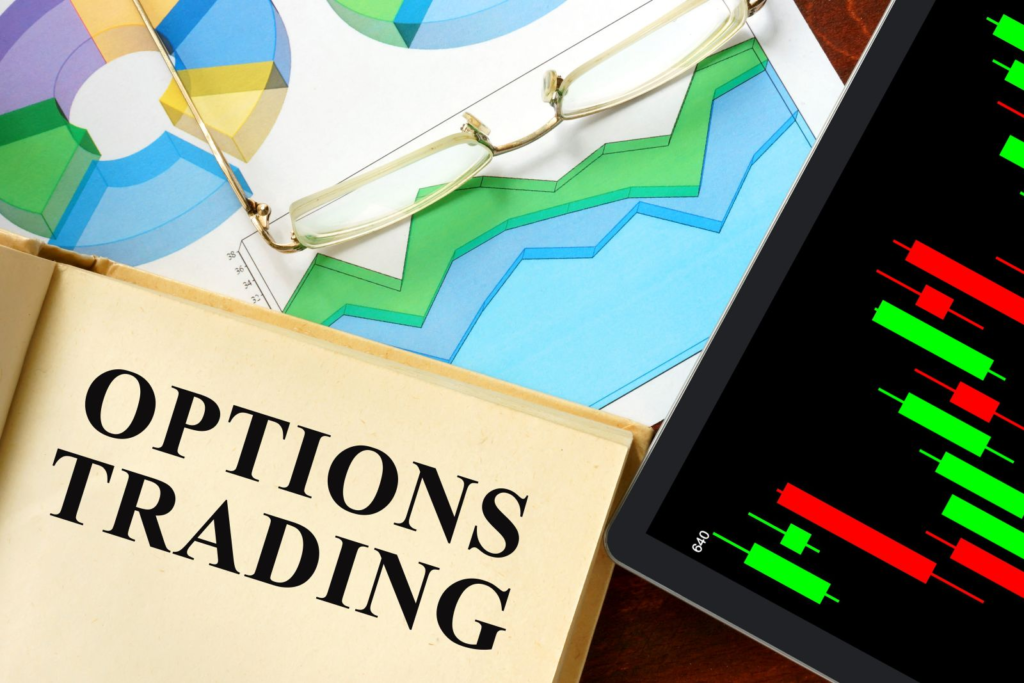Futures and Options (F&O) trading is an integral part of the stock market, allowing traders to speculate on the price movements of underlying assets without owning them outright. Understanding how to calculate turnover for F&O trading is crucial for traders to assess their performance, manage risk, and fulfill regulatory requirements. This blog will guide you through the process of calculating turnover in F&O trading, the factors affecting it, and why it is essential for traders.
What is Turnover in F&O Trading?
Turnover in F&O trading refers to the total value of all executed trades in a specific period, usually measured in monetary terms. It helps traders assess their trading activity and can also be useful for tax calculations, as it determines whether you fall into the category of a trader or an investor, which has different tax implications.
Turnover can be calculated in two primary ways:
- Gross Turnover: This includes the total value of all buy and sell transactions, regardless of whether the trades were profitable or not.
- Net Turnover: This considers only the trades that resulted in profits, deducting the value of losses incurred during the trading period.
For F&O traders, it is generally more relevant to calculate gross turnover because it gives a clearer picture of trading activity.
How to Calculate Turnover for F&O Trading
Step-by-Step Calculation
Calculating turnover for F&O trading involves the following steps:
Step 1: Gather Your Trade Data
Collect data on all the trades you executed during the specific period for which you want to calculate turnover. This data should include:
- The number of contracts traded
- The price at which each contract was bought or sold
- The type of contract (Futures or Options)
Step 2: Calculate the Value of Each Trade
For each trade, calculate the total value by multiplying the number of contracts by the price at which they were executed. The formula is:
For example, if you bought 10 contracts of a stock futures contract at ₹500, the value of that trade would be:
Step 3: Aggregate All Trade Values
Once you have calculated the value for each trade, sum them up to get the total gross turnover for the period. This can be represented as:
For example, if you executed three trades with the following values:
- Trade 1: ₹5,000
- Trade 2: ₹7,500
- Trade 3: ₹12,000
Your total turnover would be:
Total Turnover=5,000+7,500+12,000=₹24,500
Step 4: Separate Futures and Options Turnover (Optional)
If you want a detailed analysis, you can separate the turnover for Futures and Options. The calculation method remains the same; just keep the data distinct for each type.
Step 5: Report Turnover for Tax Purposes
In India, the Income Tax Act requires traders to report their turnover when filing income tax returns. It is essential to ensure that the turnover is accurately calculated and recorded, as it can impact the determination of taxable income and tax liability.

Why is Turnover Important in F&O Trading?
Understanding turnover in F&O trading is crucial for several reasons:
1. Performance Assessment
Turnover provides insights into your trading activity, helping you evaluate your performance over time. By monitoring turnover, you can determine whether you are consistently trading enough to justify your trading strategy and tactics.
2. Risk Management
A higher turnover may indicate active trading, which can lead to increased exposure to market volatility. By calculating turnover, traders can assess their risk exposure and make necessary adjustments to their trading strategies.
3. Tax Implications
In India, the Income Tax Act differentiates between traders and investors based on turnover. Traders with a turnover exceeding ₹2 crore are required to get their accounts audited. Understanding your turnover helps you comply with tax regulations and avoid penalties.
4. Trading Costs
High turnover can result in increased brokerage and transaction costs. By calculating turnover, traders can analyze the cost-effectiveness of their strategies and make informed decisions about trading frequency.
5. Capital Requirement Assessment
Turnover can also provide insights into the required capital for trading. A higher turnover typically requires more capital to maintain positions and cover margin requirements.

Factors Affecting Turnover in F&O Trading
Several factors can influence turnover in F&O trading:
1. Market Conditions
Volatility in the stock market can lead to increased trading activity, thus impacting turnover. In bullish or bearish markets, traders may execute more trades to capitalize on price movements.
2. Trading Strategy
The chosen trading strategy (scalping, day trading, swing trading, etc.) will significantly affect turnover. Active traders tend to have higher turnover compared to long-term investors.
3. Transaction Costs
High brokerage fees and transaction costs may discourage frequent trading, thereby affecting overall turnover. Traders should consider these costs when evaluating their strategies.
4. Margin Requirements
F&O trading involves margin trading, which can influence turnover. Traders need to maintain sufficient margins to support their positions, affecting how much they can trade.
5. Regulatory Changes
Changes in regulations can impact turnover. For instance, margin requirements or transaction taxes imposed by regulatory authorities can influence trading behavior.
Conclusion
Calculating turnover for F&O trading is a critical aspect of successful trading management. By understanding how to calculate turnover and its importance, traders can make informed decisions about their trading strategies, manage risk effectively, and comply with tax regulations. Regularly monitoring turnover allows traders to refine their approach, optimize performance, and navigate the complexities of the stock market more effectively. By integrating this knowledge into your trading routine, you can enhance your trading outcomes and achieve your financial goals in the dynamic world of F&O trading.
You might also be interested in – Top Nuclear Power Stocks in India: Investing in Clean Energy